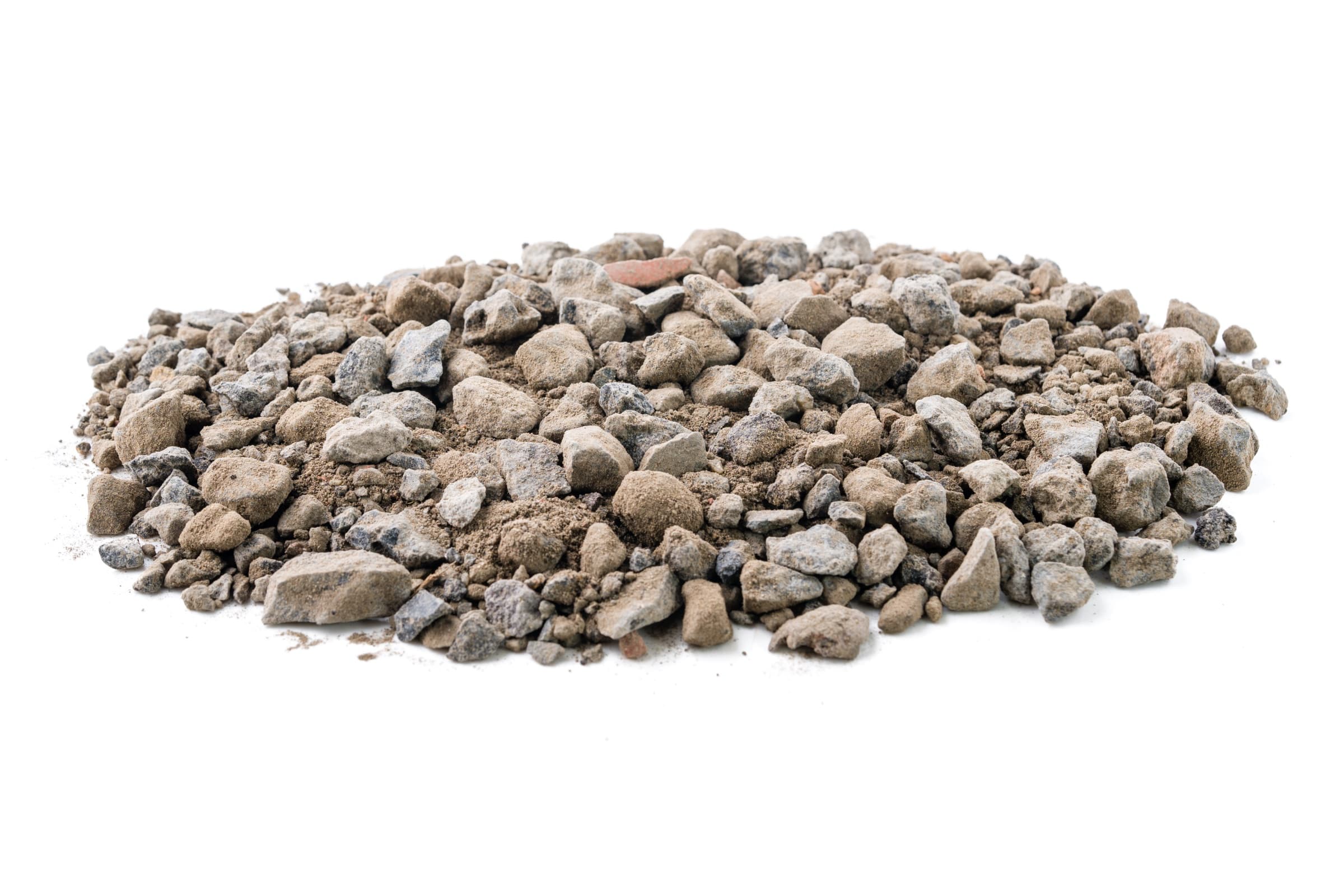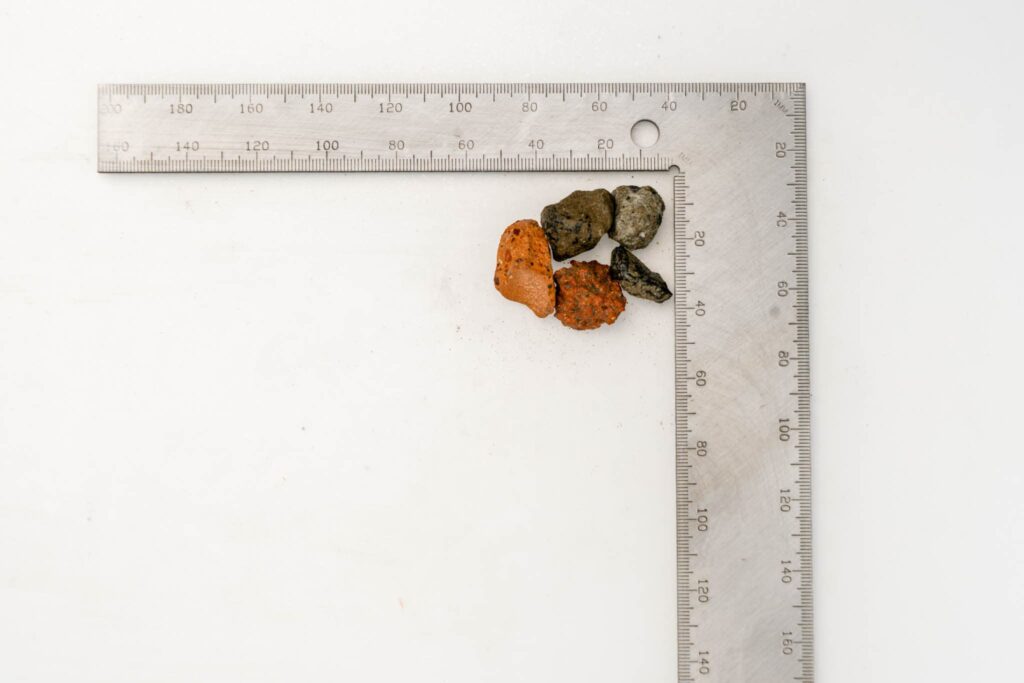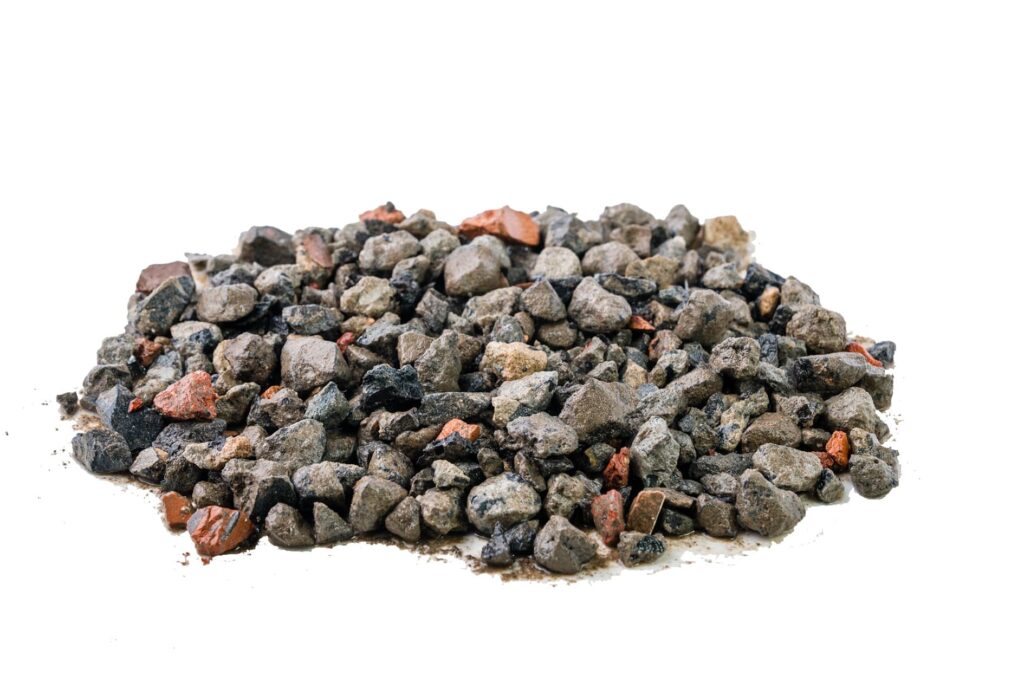Recycled Road Base, also known as recycled crushed rock or recycled aggregate, is a versatile material produced by crushing demolished concrete and masonry structures. This process transforms it into a valuable resource that can effectively replace natural aggregates in a wide range of construction and landscaping projects.
This eco-friendly material consists of different-sized screened stones and rocks, cleverly incorporating brick materials, crushed concrete, recycled asphalt, glass, and more. As its name suggests, it demonstrates exceptional cohesion when compacted, making it an excellent choice for building strong and durable road foundations.
What sets it apart is its sustainable approach, as it breathes new life into materials that would otherwise end up in landfills, simultaneously providing cost-effective solutions for construction while offering versatile applications in numerous projects.
Applications
Recycled road base material finds valuable applications across various construction scenarios, offering sustainable alternatives to traditional aggregate sources. Here are some key areas where it excels:
- Road Base and Subbase: Recycled crushed rock is a reliable base or subbase material in road construction and maintenance. It provides essential stability for pavements, diminishes settling issues, and enhances the load-bearing capacity.
- Pavement and Concrete Repairs: Recycled crushed rock is ideal for patching and repairing roads, sidewalks, and concrete structures. It offers a sustainable solution, reducing the need for new aggregates.
- Utility Trench Backfill: Similar to conventional backfill materials, recycled crushed rock is employed to fill utility trenches around pipes, cables, and conduits. It not only offers support but also contributes to environmental sustainability.
- Subgrade Stabilization: Underpinning the stability of subgrades beneath roads, pavements, and building foundations is another vital application. Recycled crushed rock enhances load-bearing capacity and minimizes the risk of subsidence, making it an excellent choice for subgrade stabilization.
Incorporating recycled materials like crushed concrete, brick, glass, steel, reclaimed asphalt pavement (RAP), and crumb rubber into construction practices conserves natural resources and promotes eco-conscious building techniques.
Benefits
- Sustainability: By repurposing demolished concrete and masonry, recycled road base contributes to sustainability efforts. It conserves precious natural resources and significantly reduces landfill waste, aligning construction practices with eco-friendly principles.
- Reduced Environmental Impact: Transforming concrete waste into usable crushed rock is an eco-conscious choice that mitigates the energy and environmental consequences of virgin aggregates’ extraction, processing, and transportation. It minimizes carbon emissions and supports a greener construction industry.
- Cost Savings: Recycled crushed rock is often more cost-effective than new aggregates, particularly when considering disposal fees for concrete waste. This financial advantage makes it appealing for budget-conscious construction projects while promoting responsible resource management.
Products
More like this
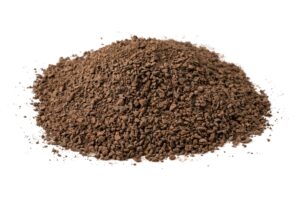
WSA361 Embedment Material 5mm
5mm embedment material is a manufactured material derived from the crushing and screening of non-sedimentary quarried rock.
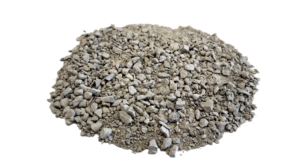
Utopia
Utopia is a crushed limestone product characterized by cream and natural grey tones. With particles ranging from fine dust up to 8 -10 mm, it compacts and sets nicely for paths and driveways. An economical alternative to concrete, with its...
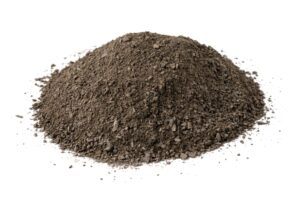
Stone Dust
Stone dust, alternatively known as quarry dust, is a valuable byproduct stemming from stone-crushing operations. In the quarrying process, rocks are crushed into various sizes, and the dust generated takes the form of Stone dust.
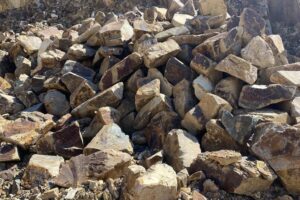
Spalls (Various Sizes)
Spalls are the fragmented remnants of rock or concrete formed during the crushing of larger materials. They exhibit diverse sizes and shapes, typically characterized by irregular and non-uniform pieces.
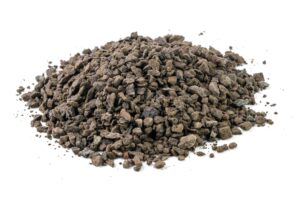
Screening 7mm
Aggregate screening of 7 millimetres denotes the precise dimension of crushed rock or gravel that has undergone a meticulous screening procedure, resulting in the removal of particles exceeding or falling short of the desired size. In this...
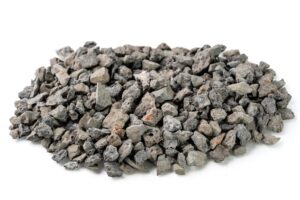
Screening 20mm
Aggregate screening of 20 millimetres denotes the precise dimension of crushed rock or gravel that has undergone a meticulous screening procedure, resulting in the removal of particles exceeding or falling short of the desired size. In...

Screening 14mm
Aggregate screening of 14 millimetres denotes the precise dimension of crushed rock or gravel that has undergone a meticulous screening procedure, resulting in the removal of particles exceeding or falling short of the desired size. In...
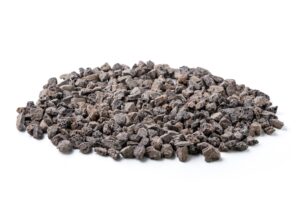
Screening 10mm
Aggregate screening of 10 millimetres denotes the precise dimension of crushed rock or gravel that has undergone a meticulous screening procedure, resulting in the removal of particles exceeding or falling short of the desired size. In...

Case
studies

Normark
Established in 1977, Normark are a second generation family business specialising in landscape design and construction across Melbourne. "From inner-city Melbourne courtyards to large commercial open spaces, Normark will deliver."

Normark
Established in 1977, Normark are a second generation family business specialising in landscape design and construction across Melbourne. "From inner-city Melbourne courtyards to large commercial open spaces, Normark will deliver."

Normark
Established in 1977, Normark are a second generation family business specialising in landscape design and construction across Melbourne. "From inner-city Melbourne courtyards to large commercial open spaces, Normark will deliver."

Normark
Established in 1977, Normark are a second generation family business specialising in landscape design and construction across Melbourne. "From inner-city Melbourne courtyards to large commercial open spaces, Normark will deliver."

Normark
Established in 1977, Normark are a second generation family business specialising in landscape design and construction across Melbourne. "From inner-city Melbourne courtyards to large commercial open spaces, Normark will deliver."

